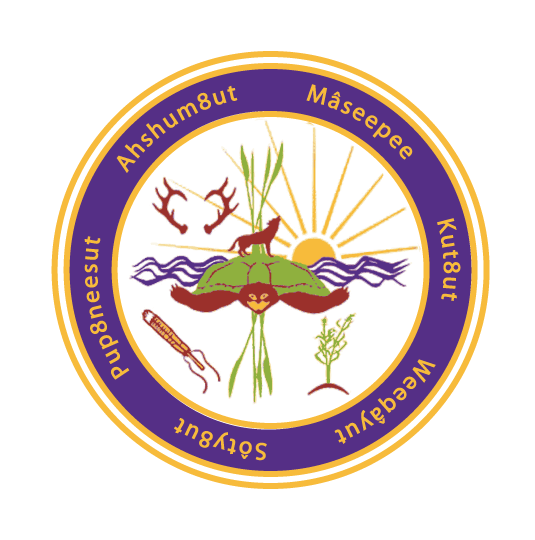“The first Saturday of the pow wow each year, we will have a game,” said Nelson Andrews Jr., a tribal citizen and emergency management director, as he pointed to a field where the Wampanoag Tribe of Mashpee holds its annual pow wow. “So you take a soccer ball shaped out of chicken wire and it’s soaked in kerosene for months leading up to the event, light it on fire, and sprinkle some tobacco on it for a prayer.”
The game, estimated to date back thousands of years, is called Fireball. Once lit, tribal members toss the ball around like a hot potato, burning themselves with each catch. The burns are in remembrance of those who have passed away. But the field where Fireball has been played for millennia sits on land that is in danger of being flooded by coastal waters.






